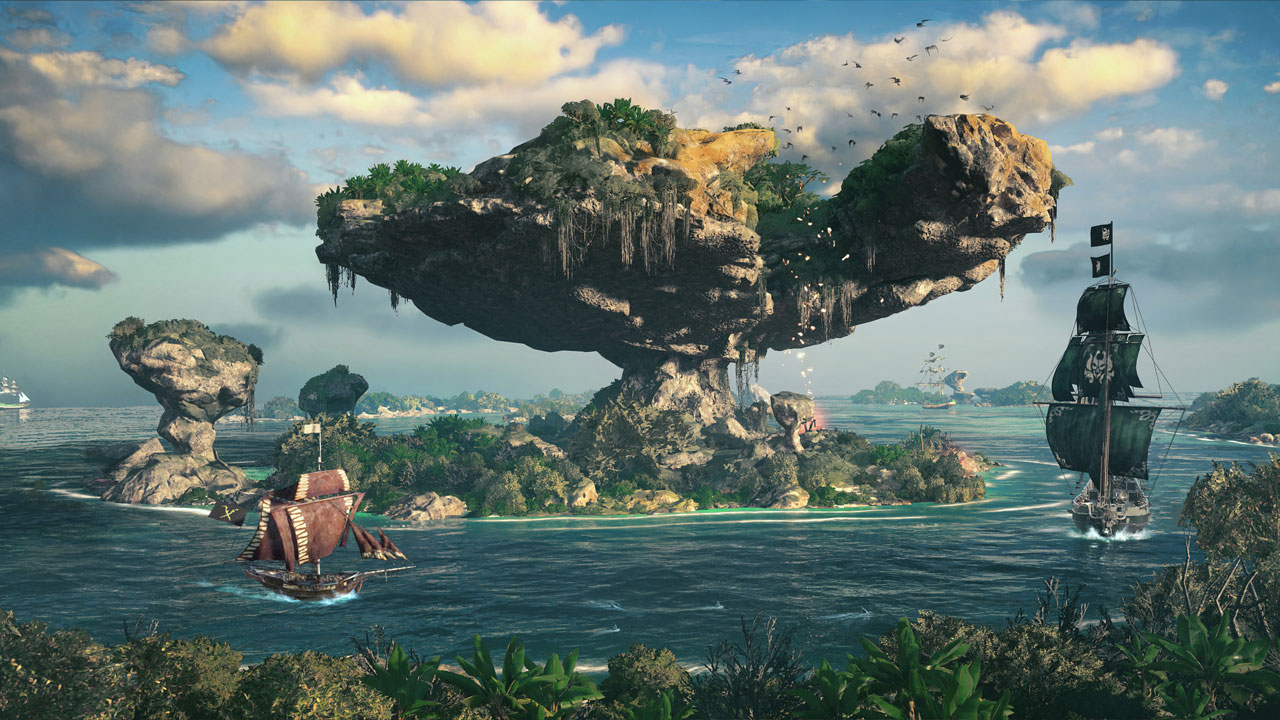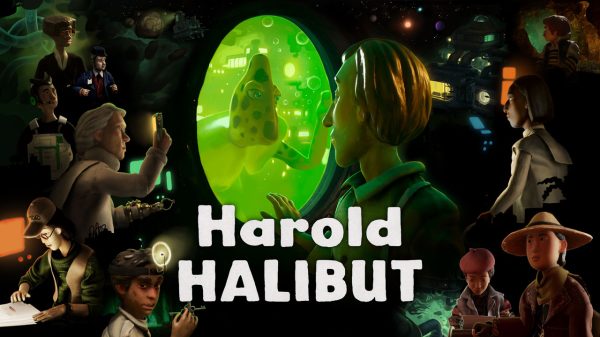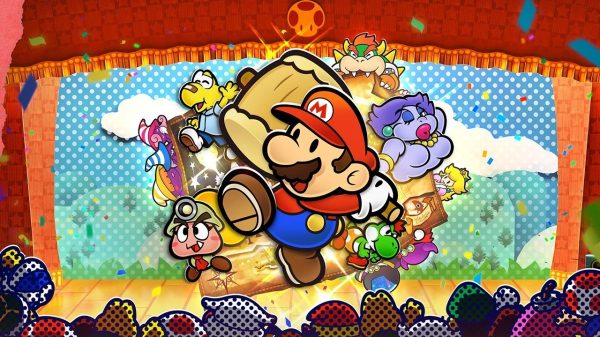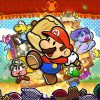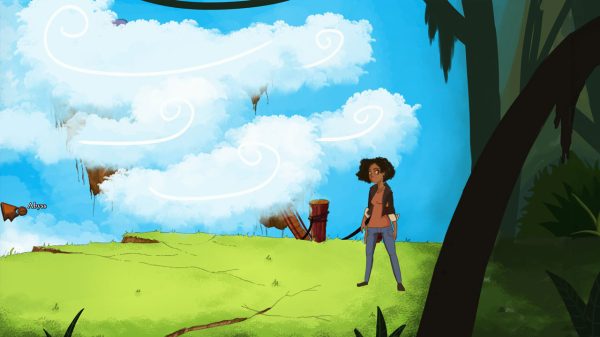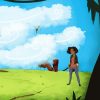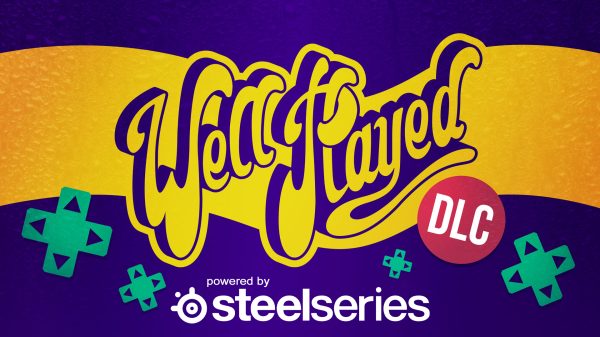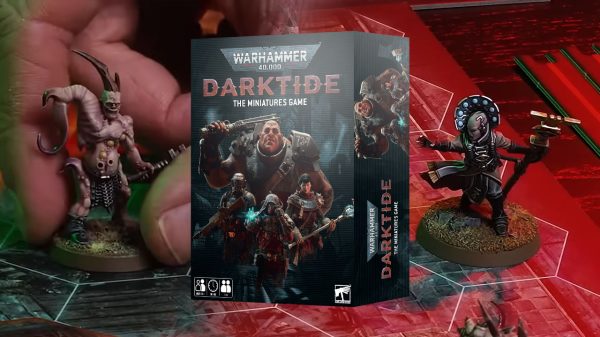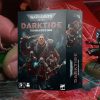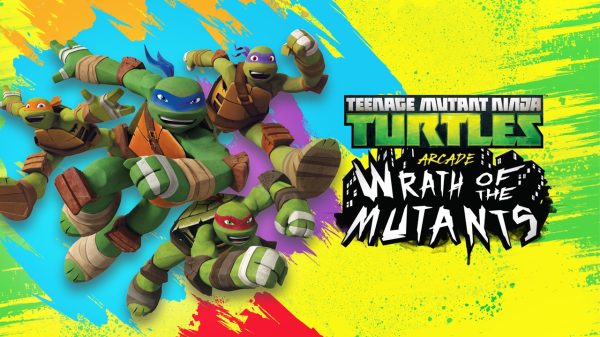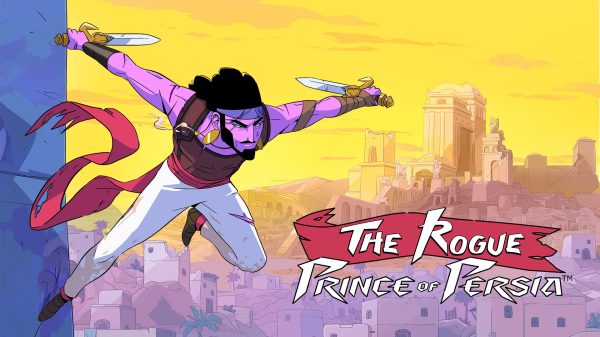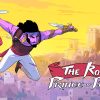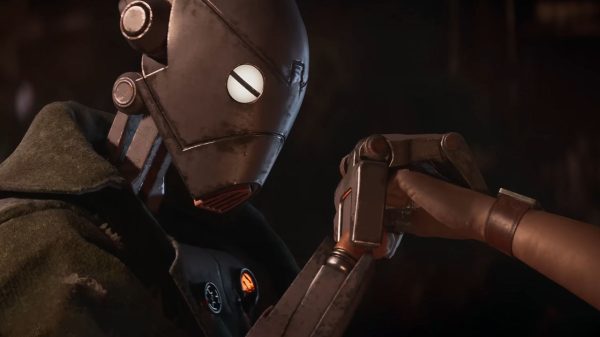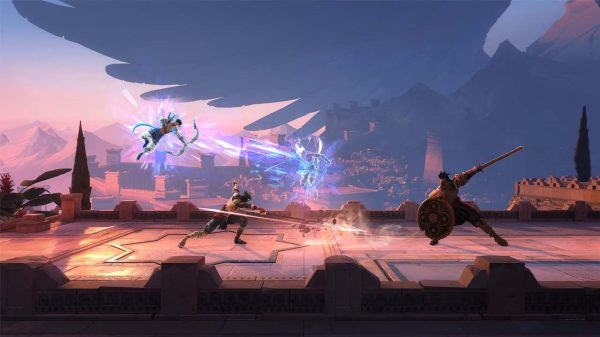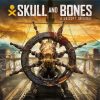As I sit down in a room with Skull and Bones’ Director Juen Yeow Mak and Senior Producer Neven Dravinski to chat about Ubisoft Singapore’s upcoming liver service pirate game, there’s a mixture of vibes floating around the room. On one hand, the duo is excited to be showing off their team’s work to press and content creators, that much is certain. There’s also a sense of relief, no doubt that the game is finally on the cusp of release. And you also get the feeling that the pair are somewhat exhausted from a challenging and long development cycle, even if they’ve both only been at the Singapore office for under two years.
Dravinski tells me that he is proud of where the game is at, given it’s been a point of discussion for a long time, and that the team is ready to go on this journey with the community.
“I think the turning point for us was really when the team really started to focus on the things that make this game great,” explains Dravinski.
“Like investing in the positive aspects and, you know, things like sea monsters, ghost ships, our commitment to co-op, and doubling down on naval combat. These are the things that we’ve seen resonate with our community and our insider programs, and our previous closed beta. I think it’s the things that the team has really embraced as items that make this game special and unique.”
Mak jumps in to add that it’s important that the team feels a level of progression and motivation with the project, but then it’s about feeding those feelings into the player experience.
One element that has excited the team is the game’s use of the Indian Ocean as its setting, with the team able to take inspiration from its own backyard.
“Being in Singapore, it’s this incredible mix of cultures and histories that are that are in one place,” says Dravinski.
“I think that’s helped create, let’s call it a creative basis for us to tell the stories of Southeast Asia. The Gods and Monsters and things that make this part of the world unique and special.”
One of the game’s regions, Telok Penjarah is based on a real place in Indonesia once called Prison Bay during the heyday of piracy, back when Singapore was referred to as Singapura. Mak tells me that this is where a lot of the pirate activities happened during the second golden age of piracy in the area, so it made sense for the team to take inspiration from this region.
In another interview with Ian Goh, one of the game’s scriptwriters, and Erik-Jon Evangeslita, the studio’s Associate Audio Director, Goh tells me that the team did a lot of research when crafting certain characters for the game. One character in particular is inspired by Indonesian folklore, so the team did research into the Shamans of Indonesia and witch doctors and how they practised magic.

The Sea People and Clan of Fara
Goh explains that some of the quests in the game are designed to highlight the specific cultures in the game. One example he gives me is a quest where you’re asked to bury someone for two different factions, the Clan of Fara and the Sea People.
“The way they do it is very different because they are there from different cultures,” says Goh.
“The Clan of Fara will ask you to go and kill people as tribute to their fallen comrade, while the Sea People will ask you to meticulously bury their friend and use specific items that are from their culture.”
Making a video game allows the team to get a bit creative with history, and the sea monster is one area that Goh found particularly interesting to work with from a narrative perspective.
“As narrative people, we were asked to justify why there’s suddenly a sea monster coming up,” laughs Goh.
“It’s named after an African deity known as The Great Destroyer. We’ve tied it to a specific culture in the game – the Ungwana – and we then have to justify why in that culture it would be plausible for it to surface. So in Bantu East African culture, they actually have reincarnation, so the belief that the spirits of great people and their ancestors would reincarnate and come back to protect their lands. So what better way to infuse the sea monster mechanic and tie it to that culture?”
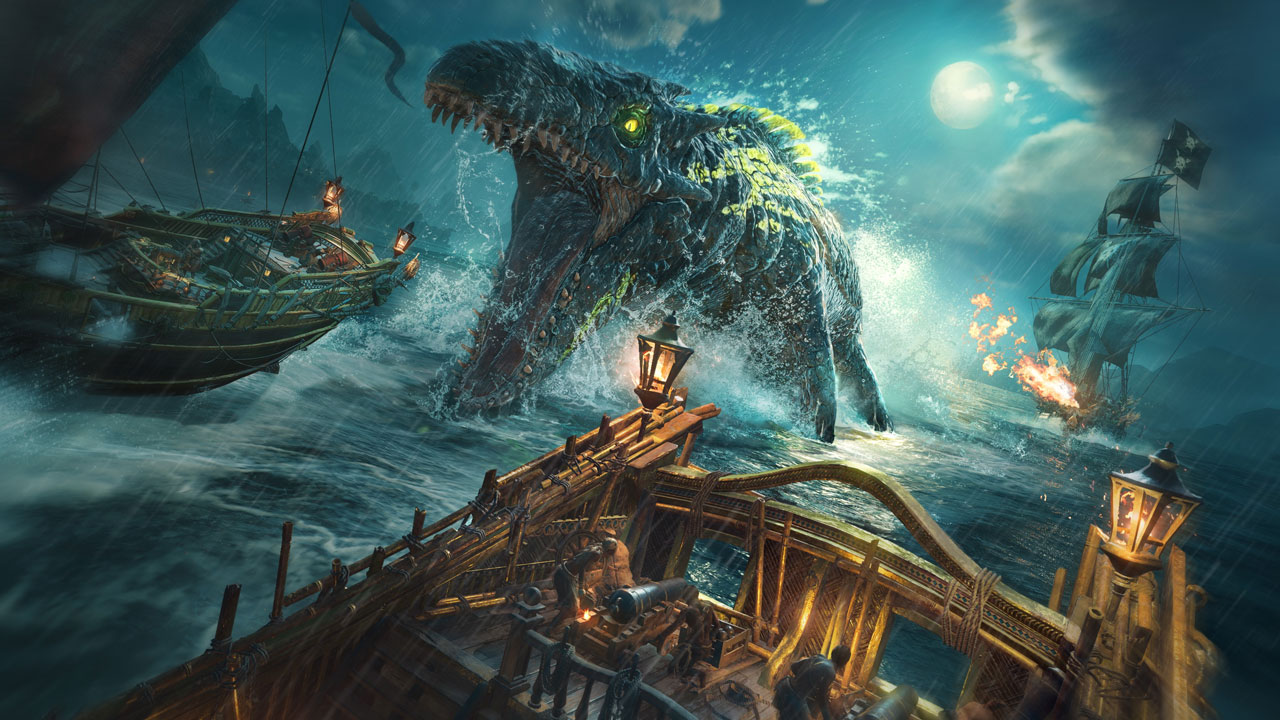
The Great Destroyer
When it comes to bringing the sea monster to life from an audio perception, Evangeslita explains that there are certain things that society has imprinted on people that help manage expectations and how things should sound. However, the audio team didn’t simply want to make the sea monster sound like a crocodile, instead, they wanted to give the beast a sense of scale and power when it attacks your ship. The same approach was taken for the ghost ships, which further allowed Ubisoft Singapore to flex their creative muscles.
No pirate game is complete without sea shanties, and Ubisoft Singapore worked with famed composer Sean Dagher on Skull and Bones’ collection of sea shanties, of which there are 30. However, what’s more impressive is that the shanties are sung in one of four different languages: Bahasa Indonesia, French, Swahili, and English.
“We would say, ‘Hey, Sean, can you write a shanty about party drinking but in Bahasa Indonesia?,’” says Evangeslita.
“He writes up the melody to make sure that it rhythmically and melodically works as the shanty and then gathers the people and records them.”
Hearing about how the team at Ubisoft Singapore has crafted the world of Skull and Bones makes me appreciate the effort that goes into creating these huge worlds that we lose ourselves in exploring. It also highlights the many diverse cultures that shape our heritage, and Singapore is a region full of rich history that has the potential for a compelling pirate world. I’m excited to uncover more of Skull and Bones’ world when it does set sail on February 16, 2024.
Despite a childhood playing survival horrors, point and clicks and beat ’em ups, these days Zach tries to convince people that Homefront: The Revolution is a good game while pining for a sequel to The Order: 1886 and a live-action Treasure Planet film. Carlton, Burnley FC & SJ Sharks fan. Get around him on Twitter @tightinthejorts




